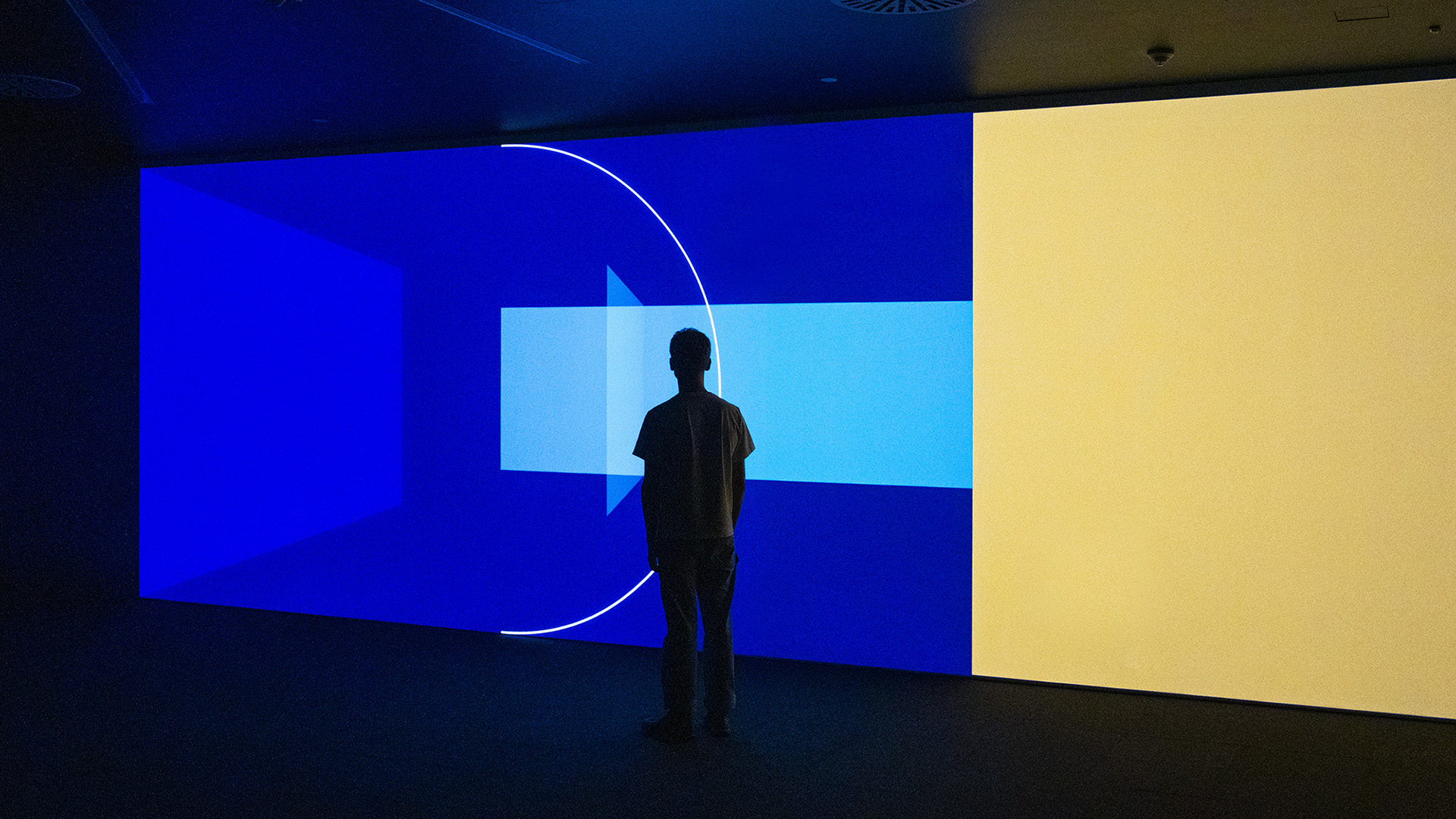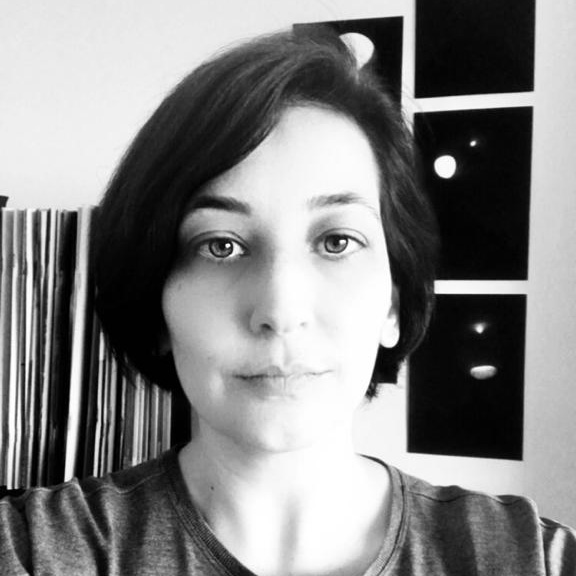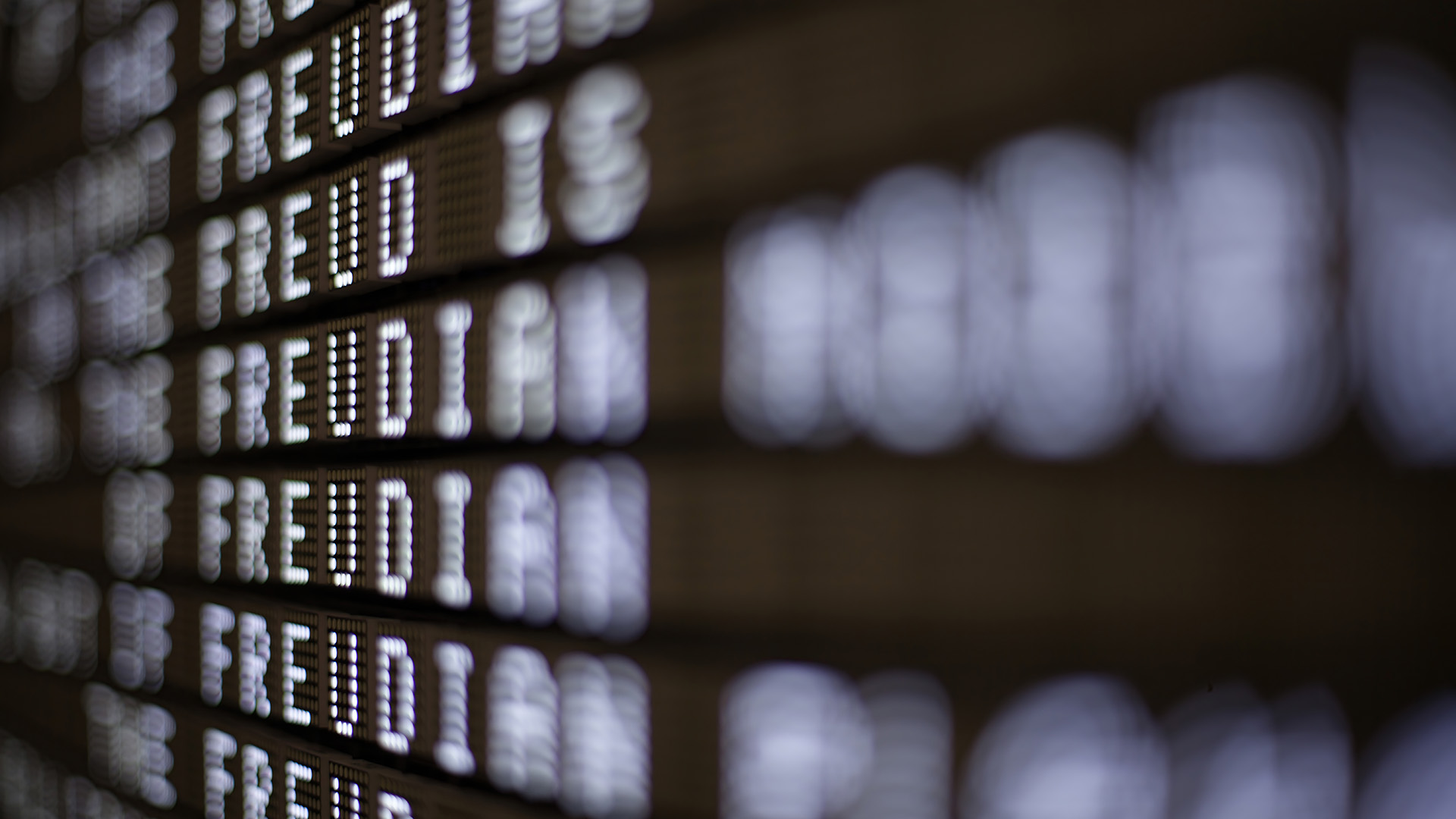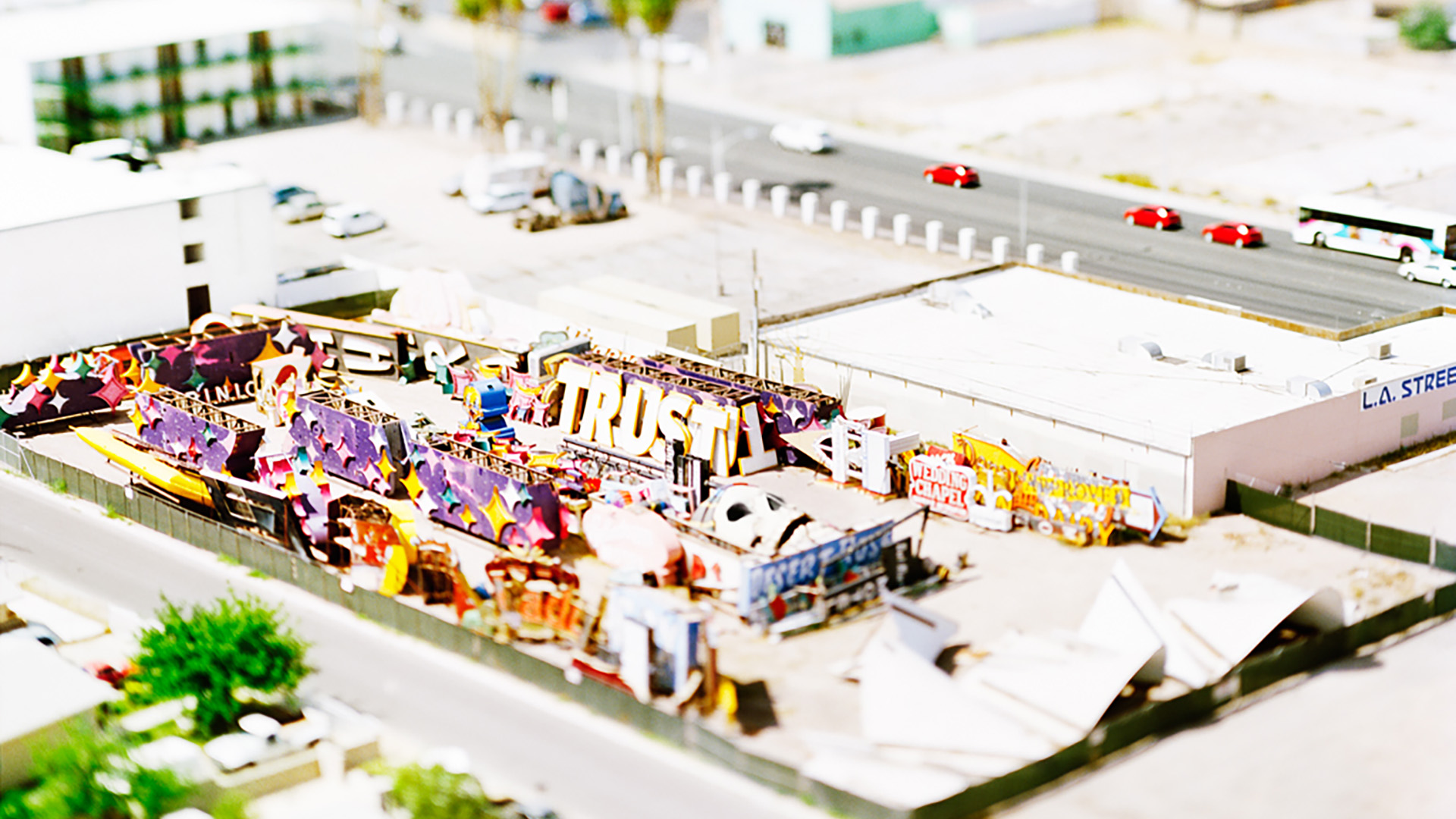Blog
A Journey Towards Artificial Synesthesia From The Edge Of Chaos
20 July 2023 Thu
Ceylan Önalp analyzes the UVA: Edge of Chaos exhibition with the concept of synesthesia.
By their nature, humans are a species that habitually tune into the external world. They make sense of their surrounding communication network through a database they form by audition, vision, olfaction, taction, and time sensation. While some of these faculties pass through psychological filters, others traverse neurological ones. For example, our eyes—the main agent of our sight—do not detect all the stimuli in the electromagnetic spectrum yet only perceive what is visible to us. Contrary to popular belief, this visible or perceptible field is not large at all; it corresponds to a rather restricted area. In this context, almost like how a computer mainboard operates, our brains categorize all the data input on the notion of time, as well as what we hear, smell, or taste beyond the limits of the physical world along with our antennas. The data collected from our faculties of sense is unconsciously stored in our brains to be used when necessary. This system is gradually mechanized through the processes of evolution; besides it means a lot about the nature of cognition and perception in humans and other living beings. In that context, the installations titled Etymologies, Vanishing Point, and Phases in the UVA: Edge of Chaos exhibition present a feast of artificial synesthesia by breaking the habitual mechanics of the form and movement loops. The flows of sounds, colors, letters, lights, and variable forms experienced by the audience in the exhibition, relinquish the limits of our perception and consciousness to the capacity of machine intelligence that is shaped by the human mind. In a way, they can be envisioned as a journey headed for an artificial synesthesia dimension generated by machine intelligence; every work “really demands time, presence, attention, and close observation”. *

United Visual Artists, “Vanishing Point 3:1 #3”, 2022.
Well then what is this synesthesia?
Synesthesia is derived from the Greek words syn (acting together) and aesthesis (an unelaborated elementary awareness of stimulation), so it means united sensation. In other words, synesthesia is the perception of a faculty of sense with another one. That is to say, it can be described as the translation of sight into sound or vice versa. People with synesthetic capabilities can smell sounds, taste forms, and hear colors. For example, the sight of an object can trigger a sensation of sound as well as an auditory stimulus can trigger the sense of tactility. For people with synesthetic sensitivities, a triangle is not just a shape, it can be experienced as a color (e.g. red) or a sound (e.g. a bell) at the same time.
In his books titled“A Union of the Senses” and “The Man Who Tasted Shapes”, neurologist Dr. Richard E. Cytowic runs interviews with random people displaying the abovementioned qualities and he asserts that being a synesthete is an inborn characteristic and the synesthetic connections such people have are idiosyncratic as well as unpredictable. Kazan Turk Aleksandr Luria is a famous neuropsychologist known for his collaboration with Pavlov, what is more, synesthesia constitutes a large part of his years-long research on speech and memory. In his book titled The Mind of a Mnemonist, he refers to Solomon Shereshevskii who is one of the synesthetes he analyzed almost thirty years. Shereshevskii’s process of perception and registration is adapted to the circumstances; his visual memory is mostly associated with a sound and/or a color whereas his spatial memory is linked to a sound or a taste. In his research, Luria highlights the possibility that the extraordinary memory type of Shereshevskii might be related to his synesthetic and autistic traits. A renowned name in world literature, Jorge Luis Borges makes the main character of his short story titled Funes the Memorius a synesthete named Funes and this might be related to the fact that he wrote this story after he read Luria’s research.
Thus, in the Vanishing Point room, the abstract geometric forms and sound compositions that are previously coded showcase the transformation of visual flow in the installation to an artificial synesthetic form. On the other hand, drawing from both Jung’s and Freud’s complete works, Etymologies proves that during the process of filtering out information machine intelligence may help to detect the signal in the noise and turn it into a form which is more comprehensible for us. This work salutes the audience as if it refers to Borges’s Funes and Shereshevskii, the famed subject of Luria. Finally, in Phases, one can observe how artificial intelligence succeeds in the synthesis of interacting complex data sets drawn from databases. If Solomon Shereshevskii were teleported from the 1920s to this day and saw the exhibition, he would probably accompany this kinetic installation with his robotic dance.
*Quotation from İbrahim Cansızoğlu’s interview with Julia Kaganskiy for the Borusan Contemporary Blog: https://www.borusancontemporary.com/tr/blog-julia-kaganskiy-ile-bir-soylesi_2111
References:
- The Man Who Tasted Shapes, Richard E. Cytowic, Bradford Books, 2003
- Synesthesia: A Union of the Senses (Springer Series in Neuropsychology, revisited edition), Richard E. Cytowic, Springer Books, 2011
- The Mind of a Mnemonist, Aleksandr R. Luria, Harvard University Press, 1987
- Funes the Memorius, from Labyrinths: A Literary Collection, Jorges Luis Borges, New Directions, 2007
- Artificial Synesthesia for Synthetic Vision: Designer Synesthesia? https://www.artificialvision.com/asynesth.htm
ABOUT THE WRITER
After completing her undergraduate studies at Boğaziçi University Western Languages and Literatures, she went on to further her studies in Digital Media: Technology and Cultural Form at the University of London, Goldsmith's College. Her articles on digital media theory, data architecture, art philosophy, and architectural history have been published both globally and internationally since 2010. Other than art writing, she is collaborating with FinTech companies as an art advisor.




